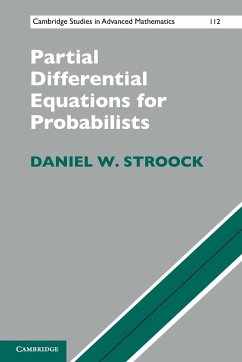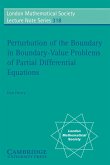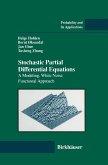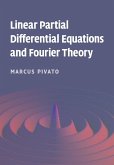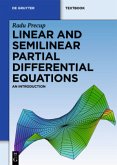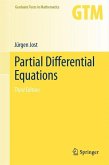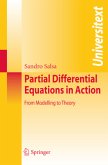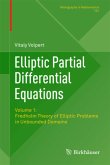This book deals with equations that have played a central role in the interplay between partial differential equations and probability theory. Most of this material has been treated elsewhere, but it is rarely presented in a manner that makes it readily accessible to people whose background is probability theory. Many results are given new proofs designed for readers with limited expertise in analysis. The author covers the theory of linear, second order, partial differential equations of parabolic and elliptic types. Many of the techniques have antecedents in probability theory, although the book also covers a few purely analytic techniques. In particular, a chapter is devoted to the De Giorgi-Moser-Nash estimates, and the concluding chapter gives an introduction to the theory of pseudodifferential operators and their application to hypoellipticity, including the famous theorem of Lars Hormander.
Hinweis: Dieser Artikel kann nur an eine deutsche Lieferadresse ausgeliefert werden.
Hinweis: Dieser Artikel kann nur an eine deutsche Lieferadresse ausgeliefert werden.
'The book will capture your attention with elegant proofs presented in an almost perfectly self-contained manner, with abundant talk in a lecturer's tone by the author himself, but with a little bit of an aficionado's taste. The book, arranged idiosyncratically, has such a strong impact that, at the next moment, you may find yourself carried away in looking for mathematical treasures scattered here and there in each chapter. The reviewer recommends the present book with confidence to anyone who in interested in PDE and probability theory. At least you should always keep this at your side if you are a probabilist at all.' Isamu Doku, Mathematical Reviews

